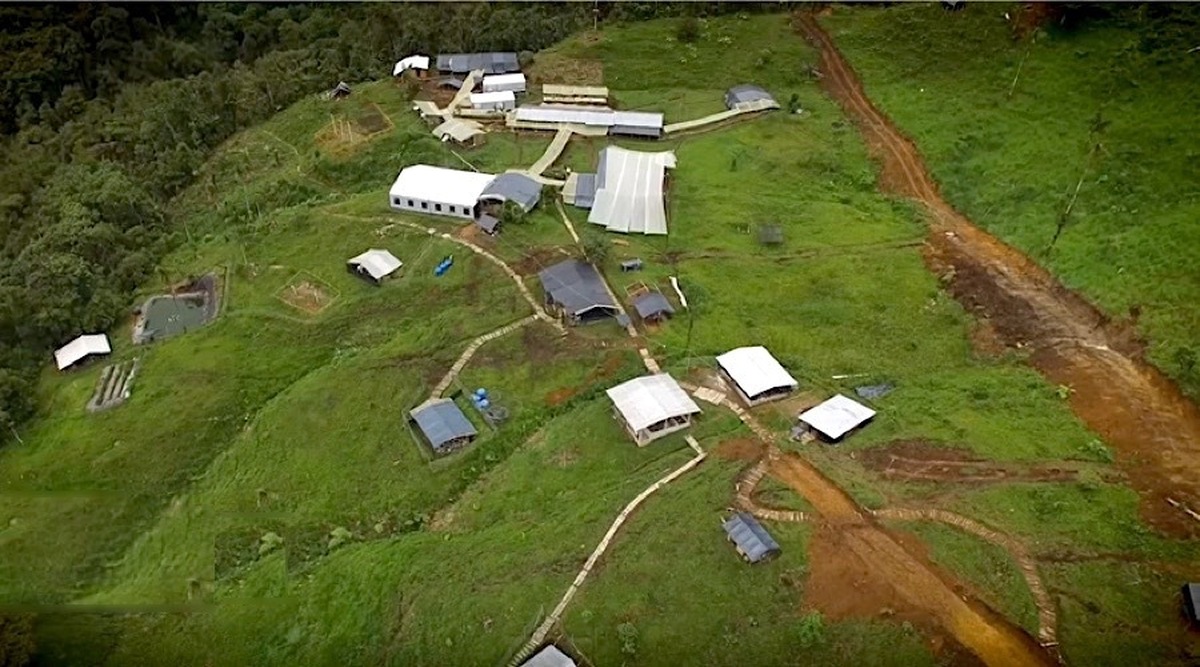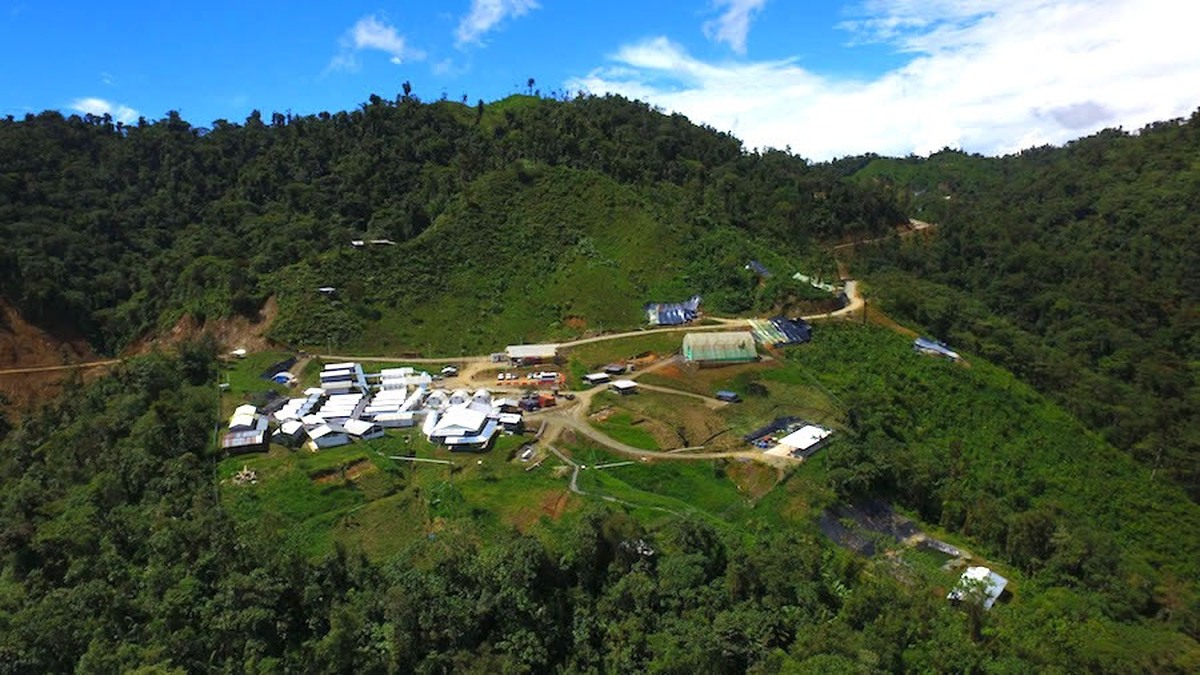
SolGold in talks to finance long-life Ecuador copper project

In a preliminary economic assessment of the Alpala copper-silver-gold deposit in northern Ecuador released earlier, London-listed SolGold said annual copper output should be 207,000 tonnes for the first 25 years of a mine life of roughly half a century.
Copper is expected to see strong demand on rising levels of electrification and as the world shifts towards renewable power
Ecuador has attracted a flurry of interest from big miners eager to increase their exposure to copper. The highly conductive metal is in demand for use in renewable energy and electric vehicles, but big, new deposits are rare.
Diversified majors particularly favour such large-scale, long-life projects as SolGold promises.
CEO Nick Mather said the next steps included permit discussions with the Ecuadorian government and talks with potential investors.
He declined in a telephone interview to name the parties involved but said SolGold was open to all sorts of financing structures.
IN-DEPHT: SolGold scores again at Cascabel project
He said that BHP, SolGold's second biggest shareholder, has room to increase its stake.
BHP declined to comment, but Refinitiv data shows it has just over 205 million shares in SolGold, below a threshold of a little more than 246 million set by an agreement last year, when BHP said it would not go beyond that without SolGold consent.
More promising assets
Australia's Newcrest Mining is SolGold's biggest investor with 15.3%, while BHP has 11.2%.
"This is a company that is attracting people who have a bullish outlook for the copper market," Mather said.
A definitive feasibility study is expected by the end of 2020 and a development decision should be taken around the same time on Alpala, the most advanced SolGold prospect, which is in Ecuador's Cascabel region.
Other assets in SolGold's Ecuadorian portfolio could be even more promising, Mather said.
BHP, which gets the biggest share of its earnings from iron ore, has also increased its Ecuador exposure with an outline deal with Canada's Luminex Resources, which has gold-copper prospects.
Copper constitutes the second biggest share of BHP's earnings and it has an operating stake in the world's biggest copper mine Escondida in Chile. Escondida produces more than 1 million tonnes annually, although production fell in the first quarter.
While the outlook for iron ore is clouded by uncertainties over Chinese consumption and trade, copper is expected to see strong demand on rising levels of electrification and as the world shifts towards renewable power.
As the most obvious copper deposits become depleted, Ecuador appeals because the government is considered investor-friendly when some resource-holding nations are imposing increasingly tough terms.
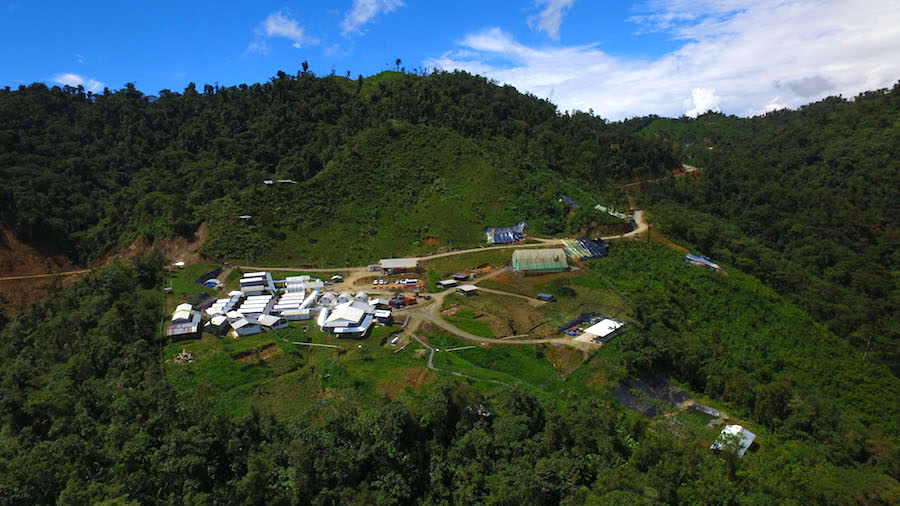


Barrick’s Reko Diq in line for $410M ADB backing
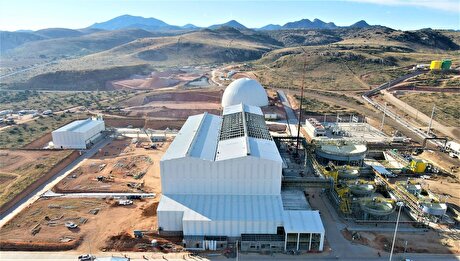
Pan American locks in $2.1B takeover of MAG Silver
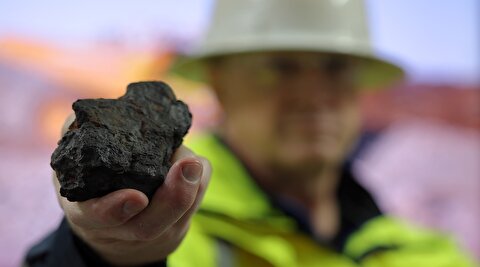
US adds copper, potash, silicon in critical minerals list shake-up

Gold price gains 1% as Powell gives dovish signal
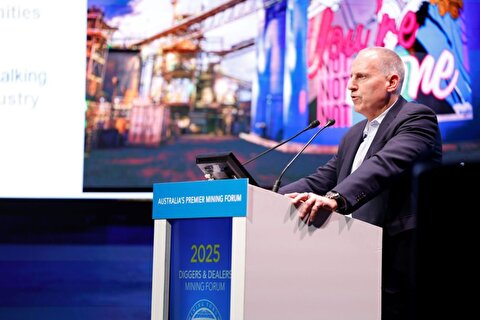
Gold boom drives rising costs for Aussie producers

Giustra-backed mining firm teams up with informal miners in Colombia

Energy Fuels soars on Vulcan Elements partnership

China extends rare earth controls to imported material

Galan Lithium proceeds with $13M financing for Argentina project

Kyrgyzstan kicks off underground gold mining at Kumtor

Kyrgyzstan kicks off underground gold mining at Kumtor

KoBold Metals granted lithium exploration rights in Congo

Freeport Indonesia to wrap up Gresik plant repairs by early September

Energy Fuels soars on Vulcan Elements partnership

Northern Dynasty sticks to proposal in battle to lift Pebble mine veto

Giustra-backed mining firm teams up with informal miners in Colombia

Critical Metals signs agreement to supply rare earth to US government-funded facility

China extends rare earth controls to imported material

Galan Lithium proceeds with $13M financing for Argentina project

Kyrgyzstan kicks off underground gold mining at Kumtor

Freeport Indonesia to wrap up Gresik plant repairs by early September

Energy Fuels soars on Vulcan Elements partnership

Northern Dynasty sticks to proposal in battle to lift Pebble mine veto

Giustra-backed mining firm teams up with informal miners in Colombia

Critical Metals signs agreement to supply rare earth to US government-funded facility

China extends rare earth controls to imported material

Galan Lithium proceeds with $13M financing for Argentina project

Silver price touches $39 as market weighs rate cut outlook

